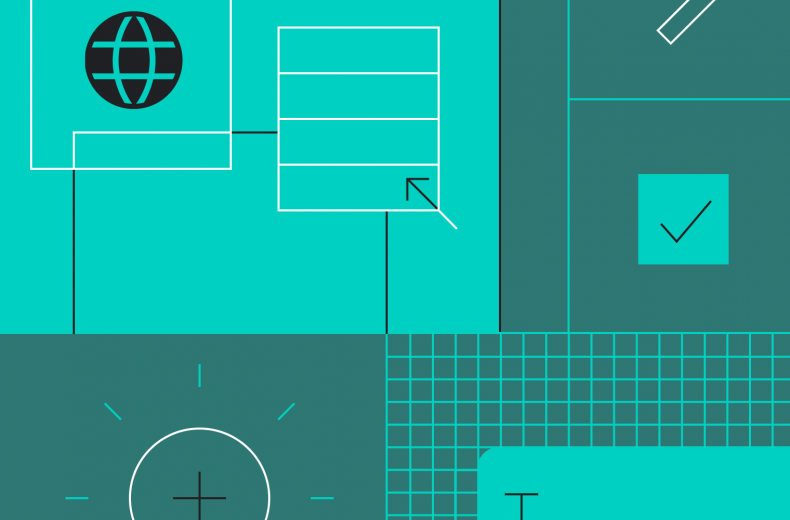Apps are a way of life now. It’s hard to remember a time when our lives weren’t dominated by apps and technology. This rise in apps leads to even more competition for developers. I bet you’ve found yourself in a situation where you downloaded an app, then proceeded to never use it again. You’re not alone. Fortune found that over 75% of app users load the app once and never open it again.
What’s to blame for this rise in competition between apps? In essence, consumers have higher expectations than ever before. Even a single error in the performance of an app can send a user running somewhere else. With so much competition, they can afford to download an app and never use it again. There’s always something better around the corner.
How can you make sure your latest app is that next big thing consumers will look forward to downloading and actually using? There are some standard practices that are changing the industry. Not only will you have to monitor your app for higher performance, but you’ll need to commit to rigorous, ongoing testing before releasing to the general public. This guide will tackle the best practices and tips for app developers in 2018.
User Flow
Designers and developers need to work together to ensure users are able to easily flow through the app. What are the goals of the user? How can these goals be simply achieved with minimal problems or confusion? If users find themselves getting frustrated, they’re not likely to stick around.
Before release, ensure there are no large tasks that are too complicated for general users. Break up big tasks into smaller subtasks. It’s also a smart move to make sure there as few actions as possible between goals. Users no longer have the patience to sit through lengthy processes and questions. This is seen most apparently in the checkout process of e-commerce apps. The longer it takes to check out, the more abandoned carts. User flow is a top priority.
No Unnecessary Features
Simple, modern design is taking over the app industry. Consumers want things simple and easy to use. The more clutter and unnecessary features that take up room on the interface, the more information overloading users. Think of a desktop website. Too much clutter looks unprofessional and leaves you confused about where you’re supposed to look, and this is on a big screen.
On smaller screens like smartphones and tablets, it’s more important than ever to make smart use of your limited real estate. The best way to cut down on the clutter is to only show what is necessary for the current step is displayed. Reveal information only as it’s needed, and have an option for users to find more information if they specifically need it.
Monitor Performance
Errors and crashing are a death sentence for apps. While it’s impossible to 100% prevent problems before they occur, a little bit of app monitoring can go a long way. Luckily, there are a number of app performance metrics and monitoring platforms that will stay on top of potential issues on your behalf. With Loggly monolog PHP error handler library code, you can delve deep into problems before they lead to an app failure.
A proactive approach to app monitoring is essential. Users are prone to leave apps in the dust if they don’t perform correctly. As a developer, it’s your job to predict problems that are likely to occur, and set parameters to prevent things like system timing out and fatal errors.
Last modified: February 8, 2019
